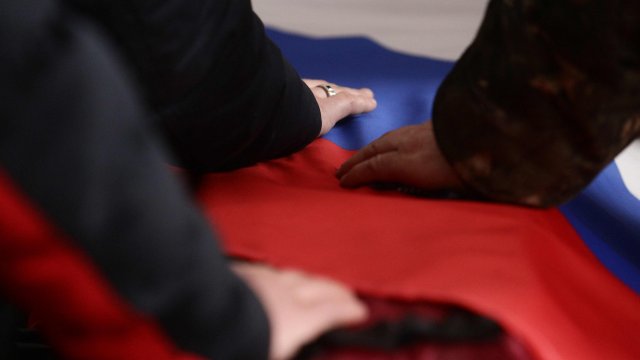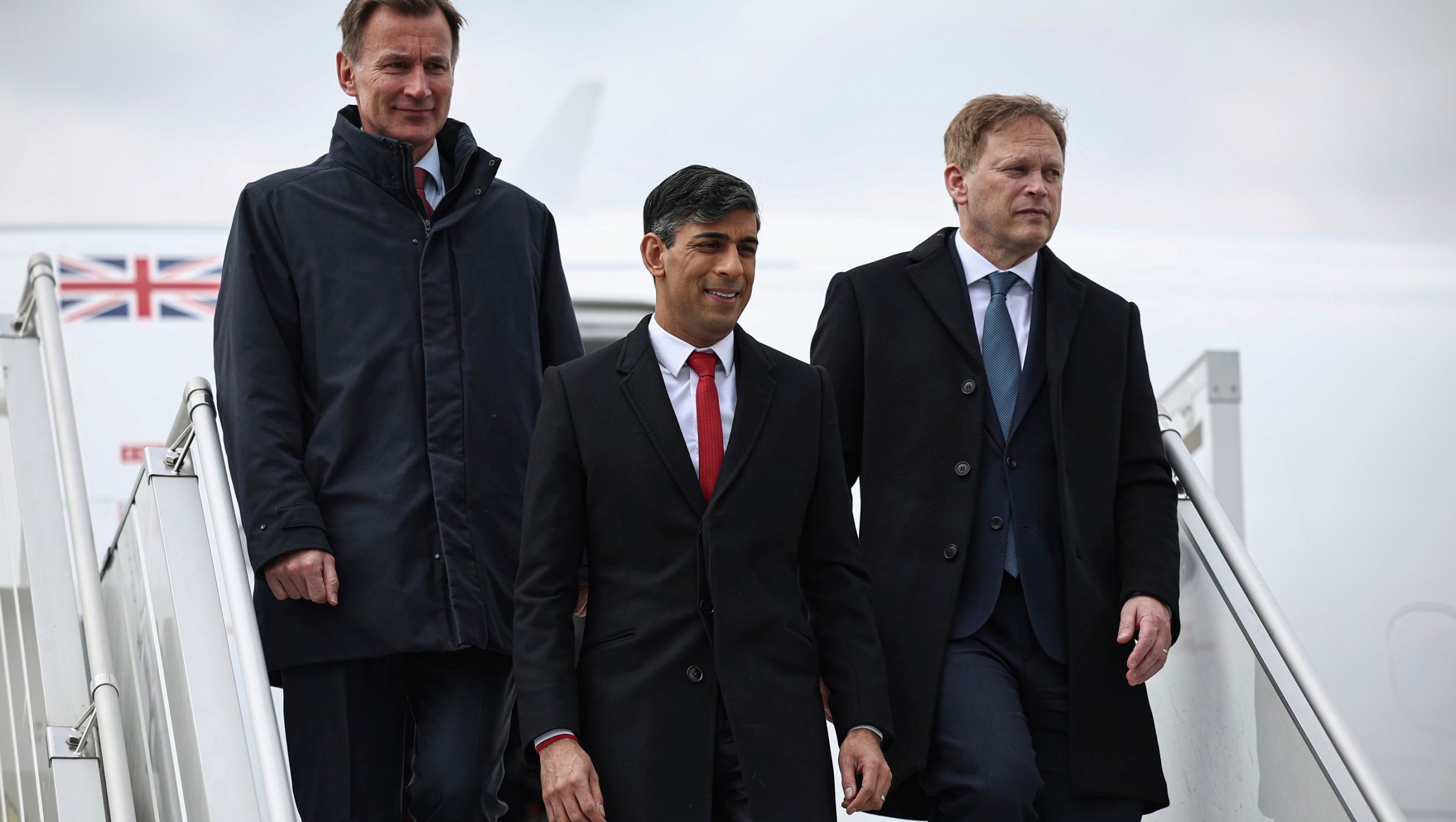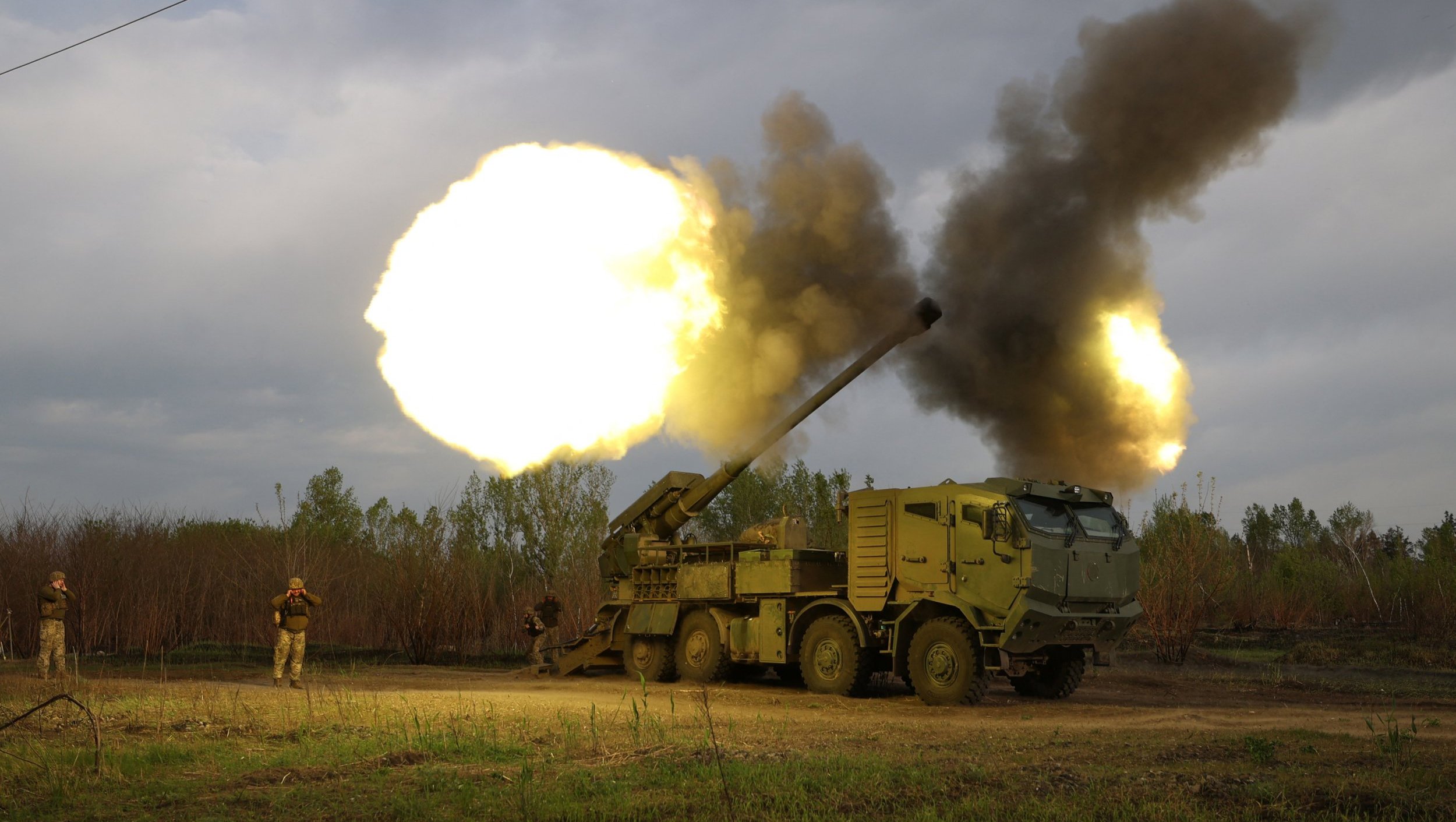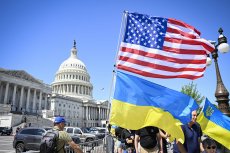The Kremlin has been accused of using ethnic minority troops as “cannon fodder” in Ukraine amid evidence that non-Russian soldiers form a grossly disproportionate share of the mounting deaths in Vladimir Putin’s invasion force.
Analysis of Russian casualty figures and social media posts suggests that soldiers recruited from the outer reaches of the former Soviet Union, including the largely Muslim North Caucasus, make up as much as a third of known military fatalities and in some cases up to 50 per cent of the wounded in the war in Ukraine.
Anecdotal evidence from the battlefields of Ukraine suggests that many of Russian dead left on the frontline are wearing white bands on their uniforms, denoting non-regular Russian units. These units largely consist of ethnic minorities such as the Muslim republics of Dagestan or Ingushetia or far-flung locations like Buryatia, whose inhabitants are of Mongolian origin. Minorities account for about 20 per cent of the Russian population.
The Kremlin and its senior generals have long relied on strongarm tactics and factors such as poverty and lack of social mobility to recruit disproportionately among minorities and in rural areas.
More on Russia-Ukraine war
Military analysts and human rights activists told i that suspicion is growing that Moscow has deployed these units to the frontline in Ukraine as Russian combat deaths – this week put by NATO as high as 15,000 – continue to mount.
The Kremlin has openly acknowledged that is seeking to recruit thousands of mercenaries from Libya and Syria, paying them $1,000 (£760) a month, to bolster its ranks in Ukraine. It was reported this week that Moscow has accelerated its mercenary recruitment programme and has also flooded Russian employment websites with adverts for veterans to rejoin the military at officer ranks.
At the same time, there is evidence that Moscow, which is estimated to have already deployed some 75 per cent of his most capable combat units to Ukraine, has sought to bring forward the date at which new conscripts are called up from the beginning of next month to accelerate training of recruits. Existing conscripted troops, which the Kremlin has denied using in Ukraine, are also reportedly being offered extended contracts to remain within the military.
A study of casualty figures by one expert found that more than half of the names of Russian wounded from Ukraine being treated in a hospital in Rostov, in southern Russia, bore common Dagestani names such as “Magomed”, or Muhammed.
A separate analysis of posts on the Telegram social media platform announcing the death or capture of more than 100 Russian servicemen found that just over 30 per cent were non-Slav Russians, with many having Muslim names.
Kamil Guleev, an expert on the Russian military at the Washington-based Wilson Centre think-tank, said: “The [ethnic] minority factor in the Russian army is vastly underrated when discussing the course of the Ukrainian war. Ethnic minorities are not so much a minority there. Judging from the casualty lists, minorities are wildly over-represented on the battlefields as cannon fodder.”
Mr Galeev, who produced the figure based on the Rostov hospital list, said there was disparate but considerable evidence that minority recruits were paying a disproportionate price on Ukraine’s battlefields. The Astrakhan region in southern Russia is 68 per cent ethnic Russian and 15 per cent Kazakh, yet a list of Ukraine fatalities from the region was 85 per cent Kazakh.
Images of Russian prisoners of war posted on social media have been shown to feature large numbers of troops from the Caucasus, Siberia and central Asia.
Meanwhile, a BBC News report from the frontline in Kharkiv, north east Ukraine, this week noted that few of the troops whose bodies litter the battlefields appeared to be ethnic Russians. A Ukrainian soldier told the BBC: “These aren’t real Russians. They don’t know why they are here.”
A Kazakh human rights activist told i that minority territories in the Russian Federation were being made to pay a grim price for domination by Moscow. He said: “Compulsory participation in war by ethnic minorities in territories occupied by Russia has been a common method used by the rulers of Russia.
“Even during the Second World War, they enlisted large numbers of Kazakhs and even if they were crushed by German tanks they could not retreat because they would be slaughtered by the Russian soldiers behind them.
“The war [in Ukraine] will be a disaster for all mankind. The ideal is to completely dismantle the Russian Federation and allow the many people who have been colonised by Russia to gain true independence.”
A leading Eurasia expert said the high proportion of minority troops in the Kremlin’s ranks was in part driven by socio-economic factors, including the fact that joining the Soviet and now Russian military has traditionally been seen as a means to a better life for those originating from rural and often impoverished regions.
At the same time, Moscow has learned to exploit the fact that recruits from far-flung areas are less likely that ethnic Slavs and city inhabitants to seek to avoid being drafted into frontline forces and come from families less able to highlight subsequent fatalities.
Paul Goble, an academic and former US State Department official, told i: “Moscow puts people from rural areas and non-Russian republics in combat units because they are less likely to resist the processing they receive than those from cities.
“Consequently, when Moscow uses combat units in a war as now, they are over-represented among those who fight and die.”



